About a year ago, I needed a new laptop. My old 13-inch MacBook Pro, royally used and generally abused through college and beyond, was beginning to struggle with large Photoshop files and any kind of 3D modelling kicked in the fans like a 747 spooling up for take-off, bringing everything to a juddering halt. Normally, I would have done what I had always done for about the last 25 years or so and headed straight to the nearest Apple store. But the prices for the latest models that fit my needs forced my Amex to coil up in fear. They want how much now?
I went against every fibre of my designer-wanker being and bought a Dell refurb for half the price. Imagine my utter non-shock at discovering Microsoft Windows is still a disaster from a user-experience standpoint, feeling like three different operating systems bolted together. An example: In Windows 10 it takes four clicks to connect my Bluetooth speaker; in OSX, only one. How is beyond the UI/UX team at Microsoft to get this basic stuff right?

Luxury and premium brands charge more because they aim to provide tangible and emotional benefits over and above a competing product. Whether it’s by packaging, construction, design, user touch points, or just simple thoughtfulness, they justify their expense by giving you a superior overall experience. There is a potential downside, though. Make your products too attainable for the masses and your product becomes ubiquitous, or to use a horrible marketing term – massclusivity.
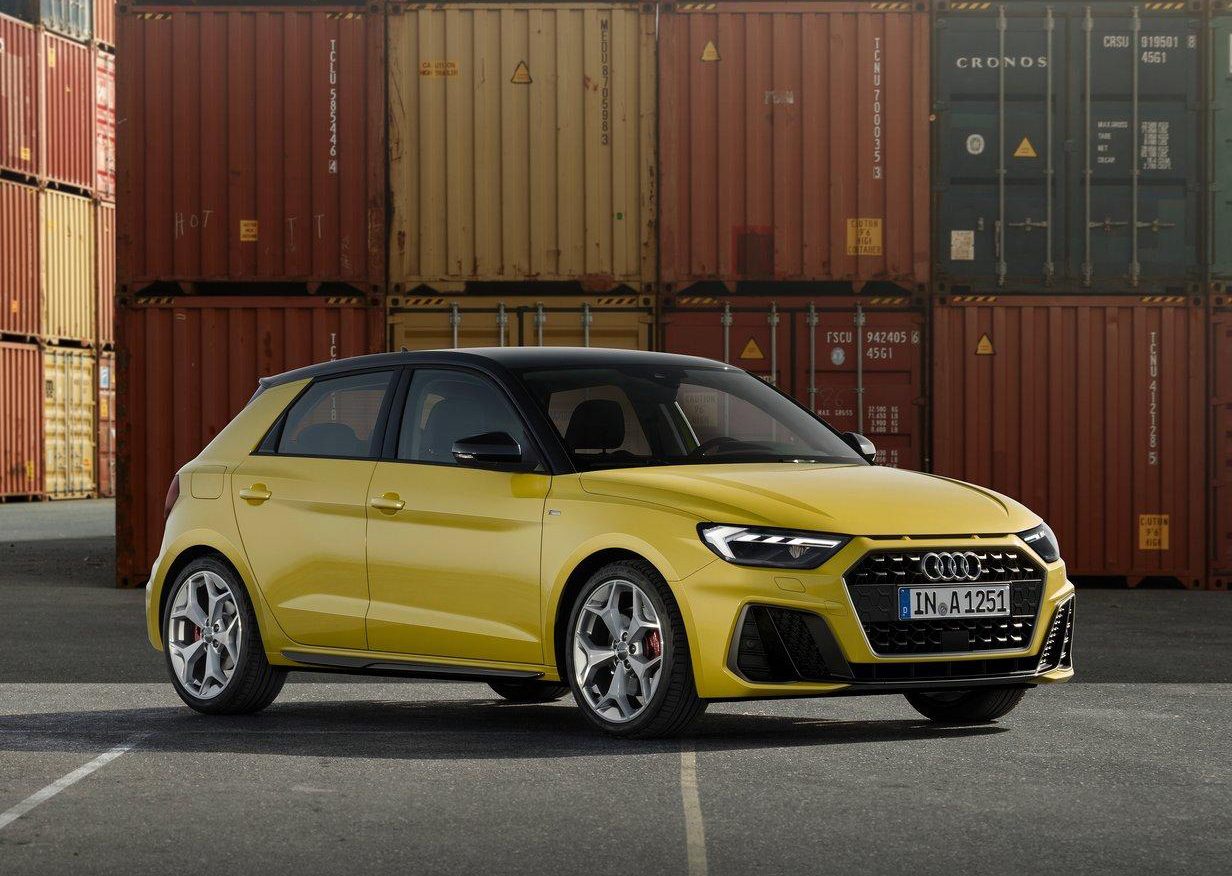
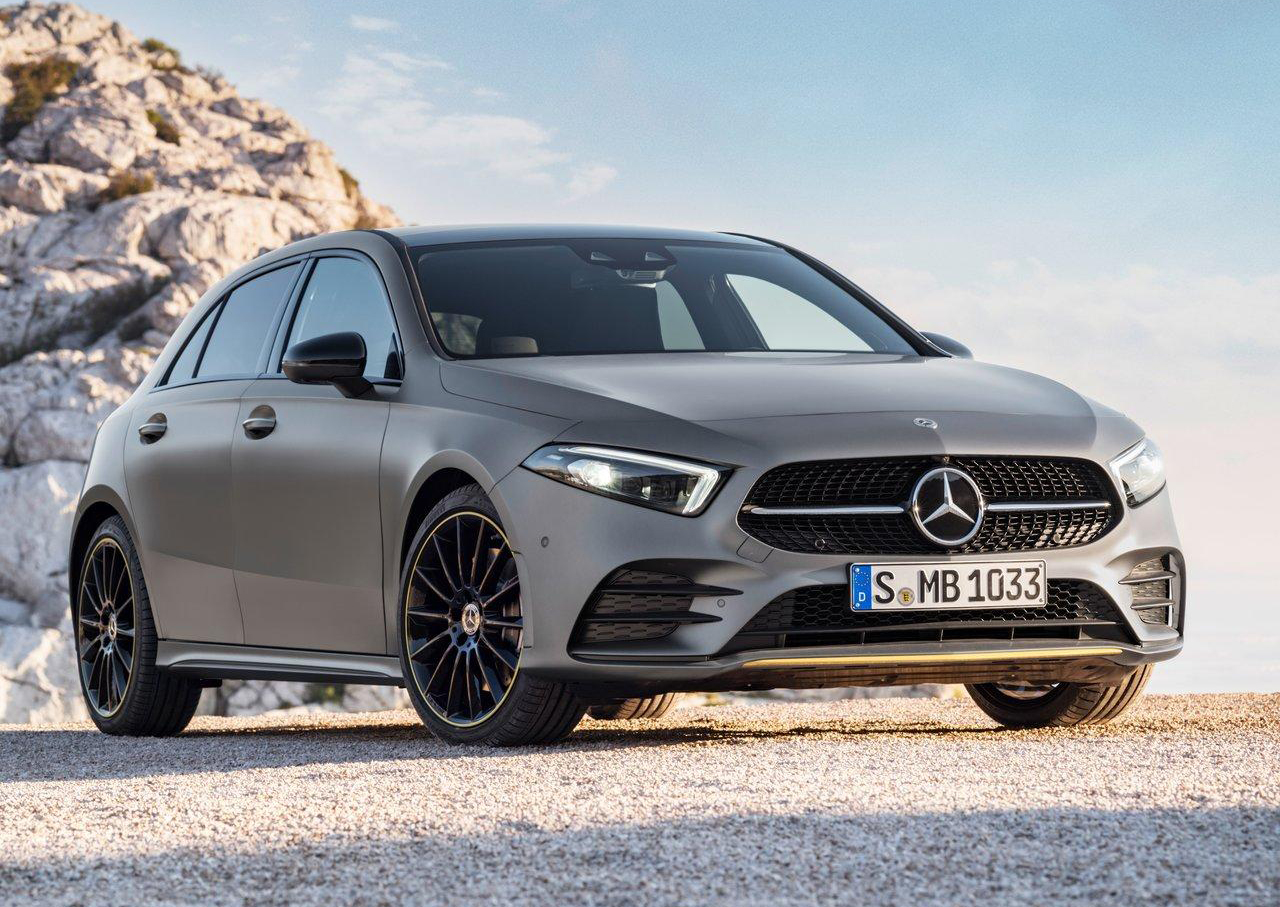
Louis Vuitton found this out to its cost in Asia. It became so successful selling $2000 handbags to those who just about afford them with a couple of months’ saving, that the real High Net Worth Individuals it was courting dropped the brand because it was hard to maintain exclusivity when every twenty-something office drone had one. The LV bag had lost its status as a signifier of wealth and taste.
As news emerges that the Mercedes A-Class and Audi A1 will not be replaced, it looks like premium OEMs have finally learnt this lesson as well. Too long obsessed with market share and chasing their rivals’ tails, they’re abandoning the small premium sector to concentrate on higher-margin products.
It was VW who first put the premium German makers on notice back in 1992. By dropping the narrow-angle VR6 into the unloved and underbuilt Mk3 Golf, the idea was to create a more mature sporting car for people who thought the GTI a bit downtown. The VR6 Golf ended up being a mixed bag; a great engine in a small car let down by its poor quality. Car magazine even recreated its famous Lemon cover for its long-termer. But BMW, Mercedes, and Audi took notice. If proletarian VW was looking to move up into its territory, then they were moving down into VW’s space.
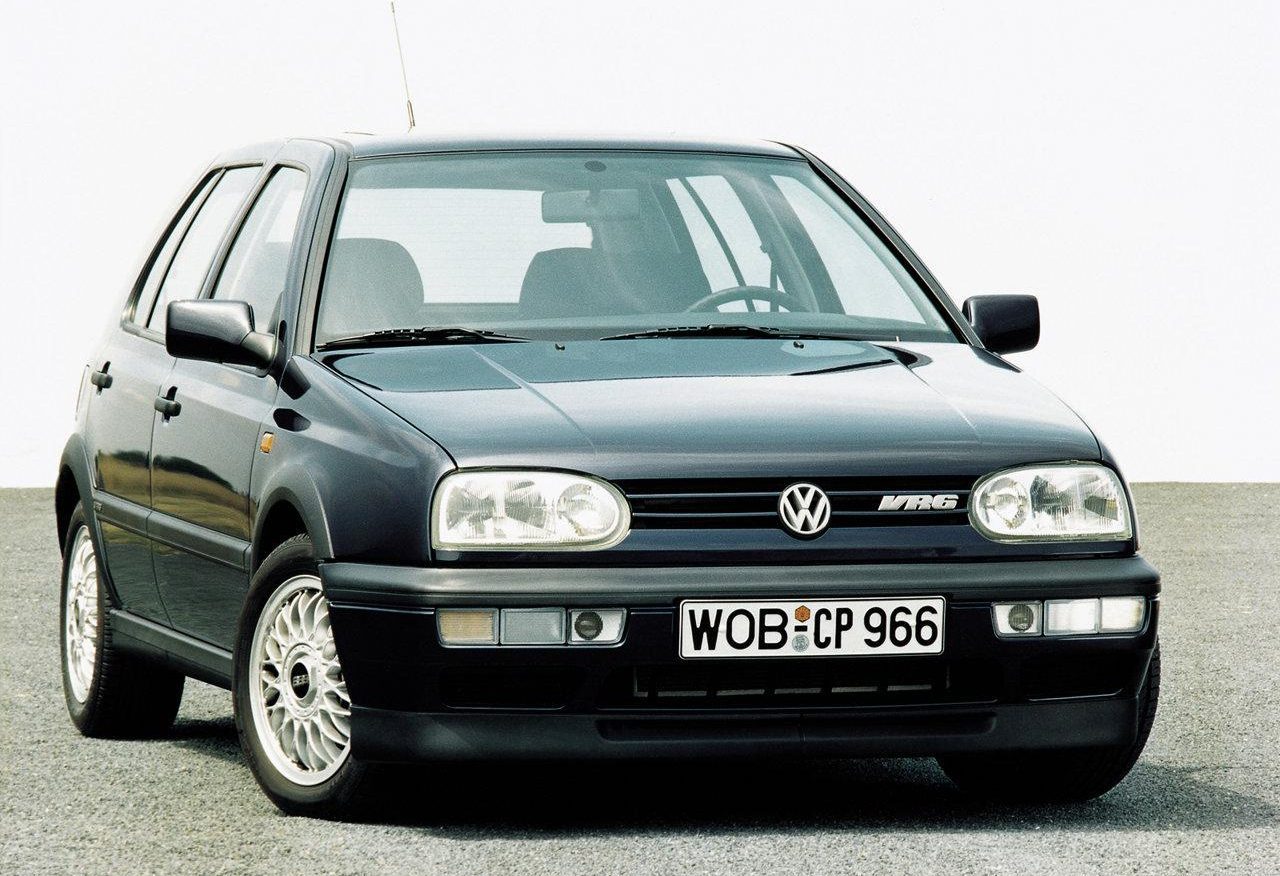
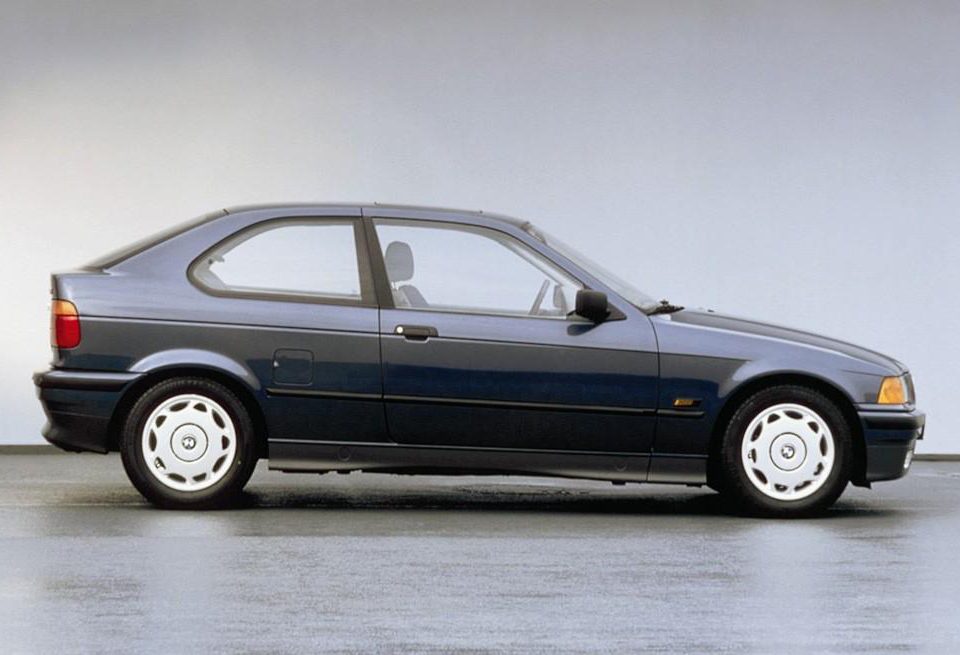
BMW responded first in 1993, docking the tail of the E36 and bolting in the cheaper trailing-arm suspension from the defunct E30 to create the first 3-series Compact. It was an ungainly creation, due to the truncated rear upsetting its sports saloon proportions, and the engine choices were limited to prevent it stepping on its full-size brother’s toes. While it failed in North America, it was more successful in Europe, doing especially well in the UK, where badge snobbery is everything. It transitioned into the E46 generation before the arrival of a proper, small, rear-wheel-drive BMW, the 1-series from 2004.
While BMW’s attempts to provide a cheaper entry into its range were, Bangle flame surfacing aside, utterly conventional, Audi’s efforts were not. The 1999 A2 was a minor revolution in aluminium construction and upright packaging. With a brief to “carry four people from Stuttgart to Milan on a single tank of petrol,” a basic A2 sat at less than 900kg and just over 3.8m long (although more than 1.5m high, as it had slightly hunchbacked proportions and a vertical tail).
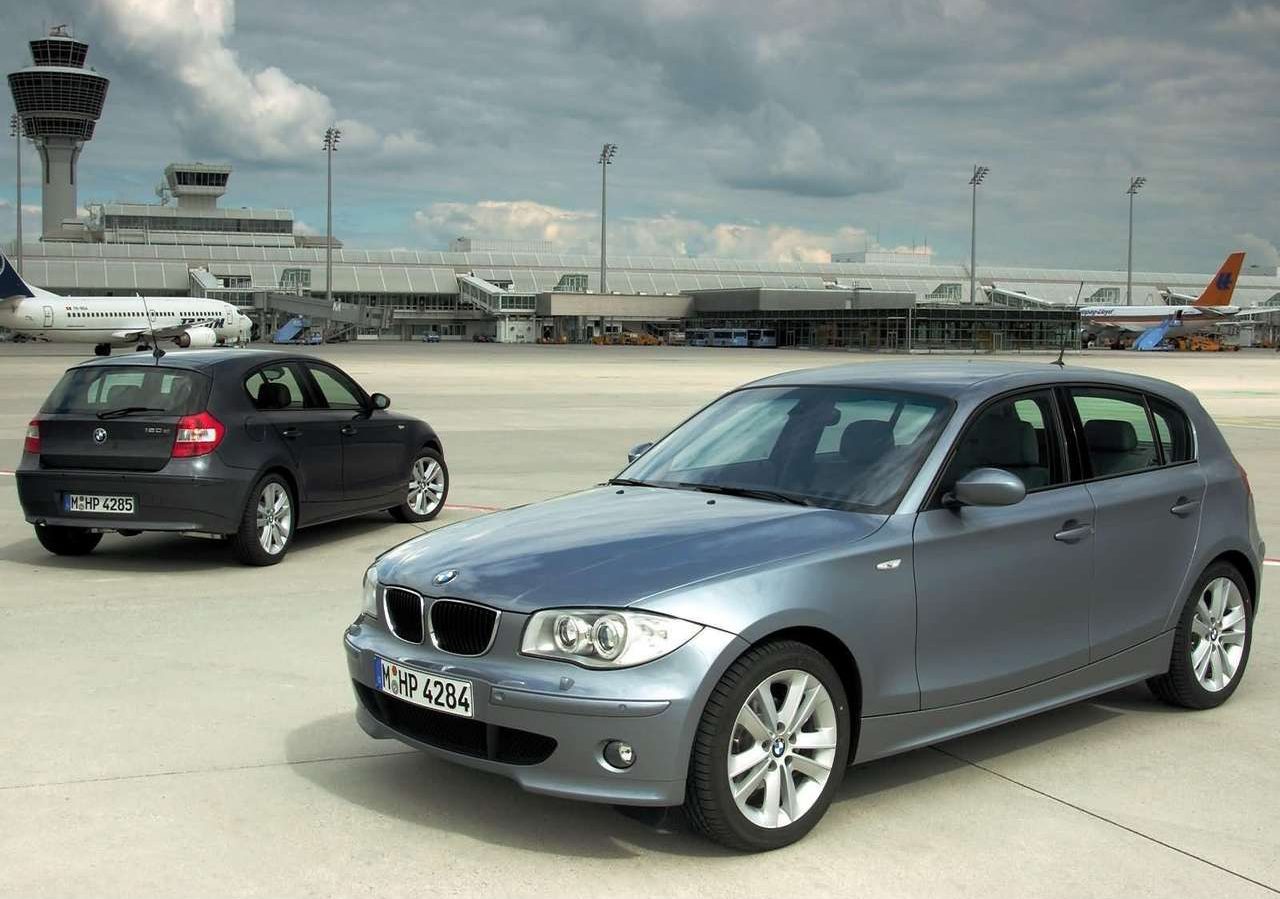
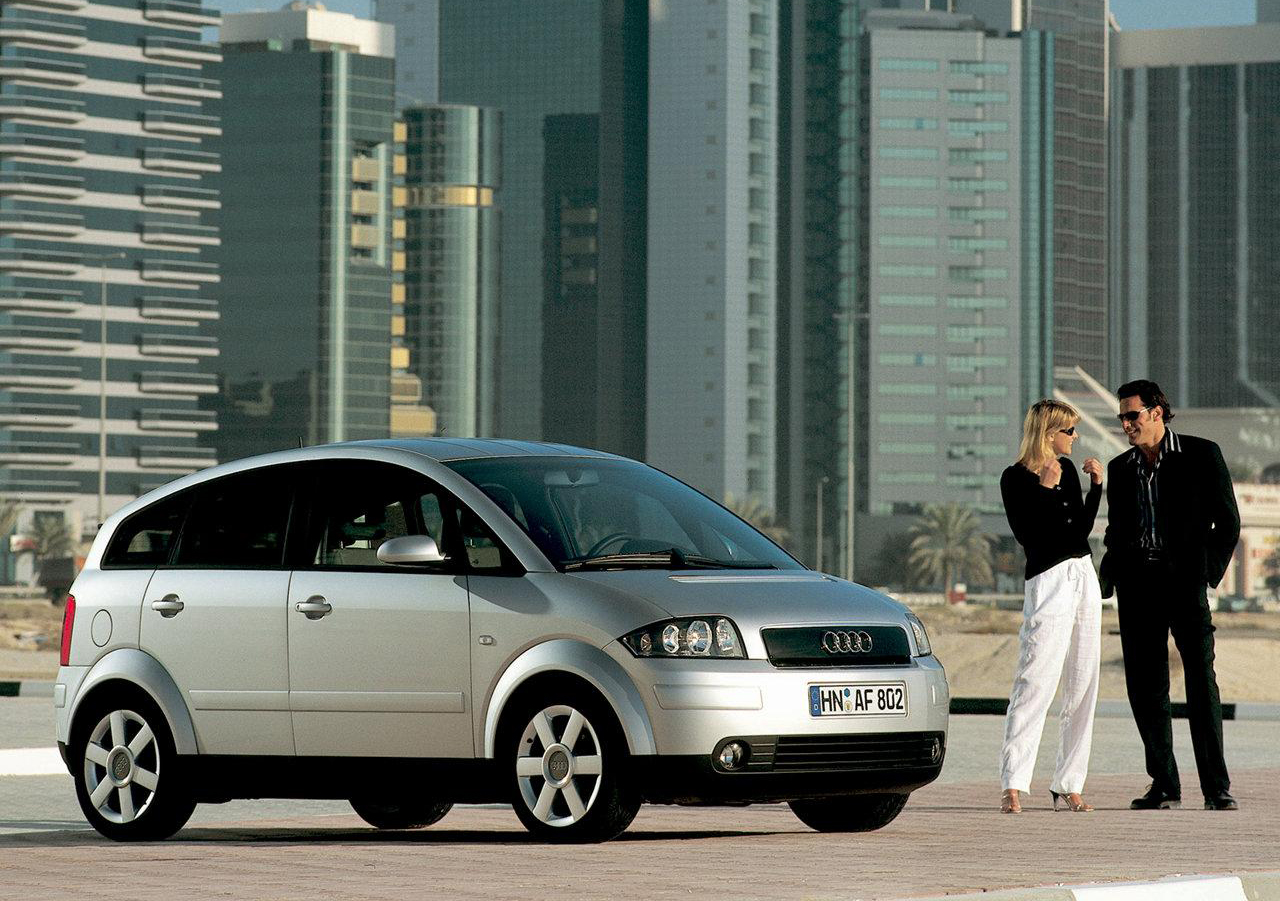
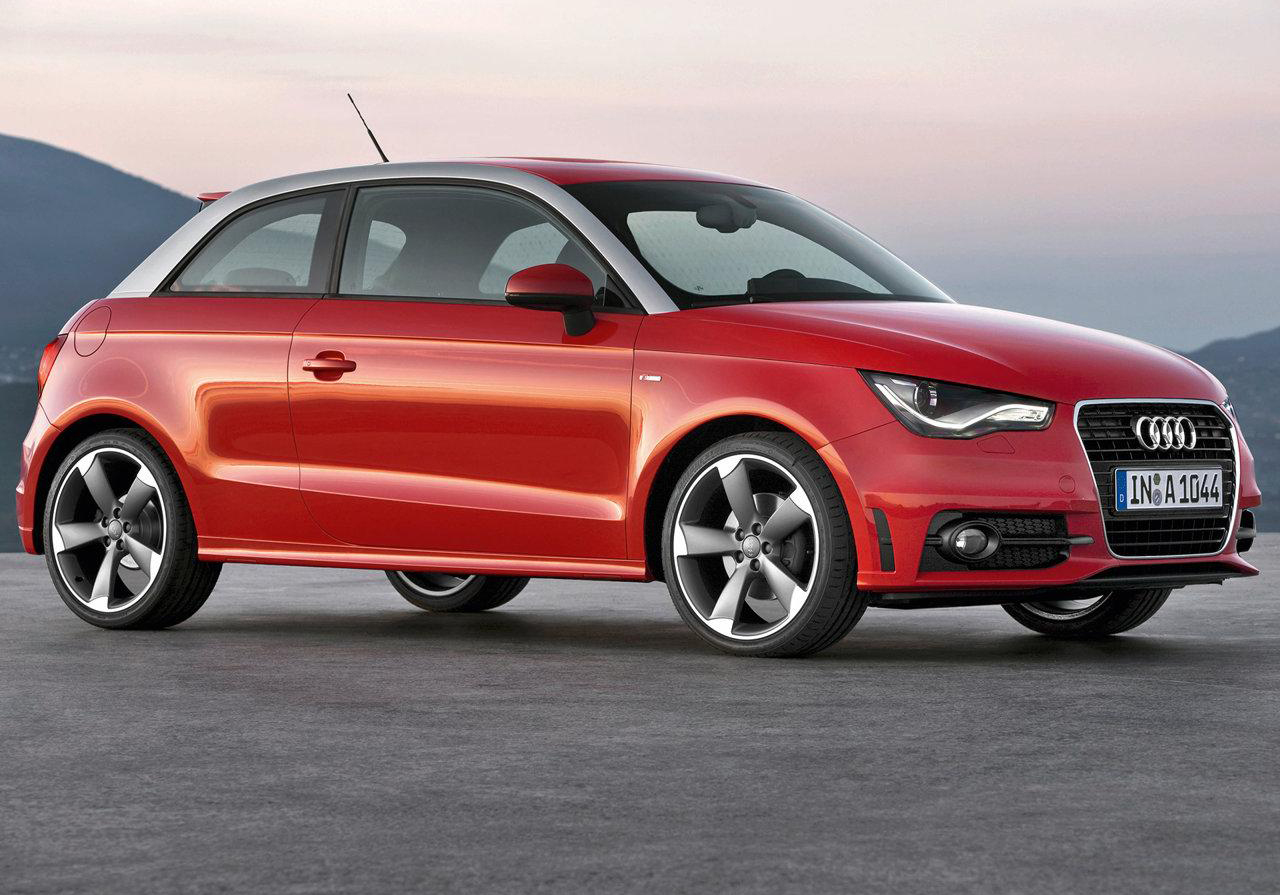
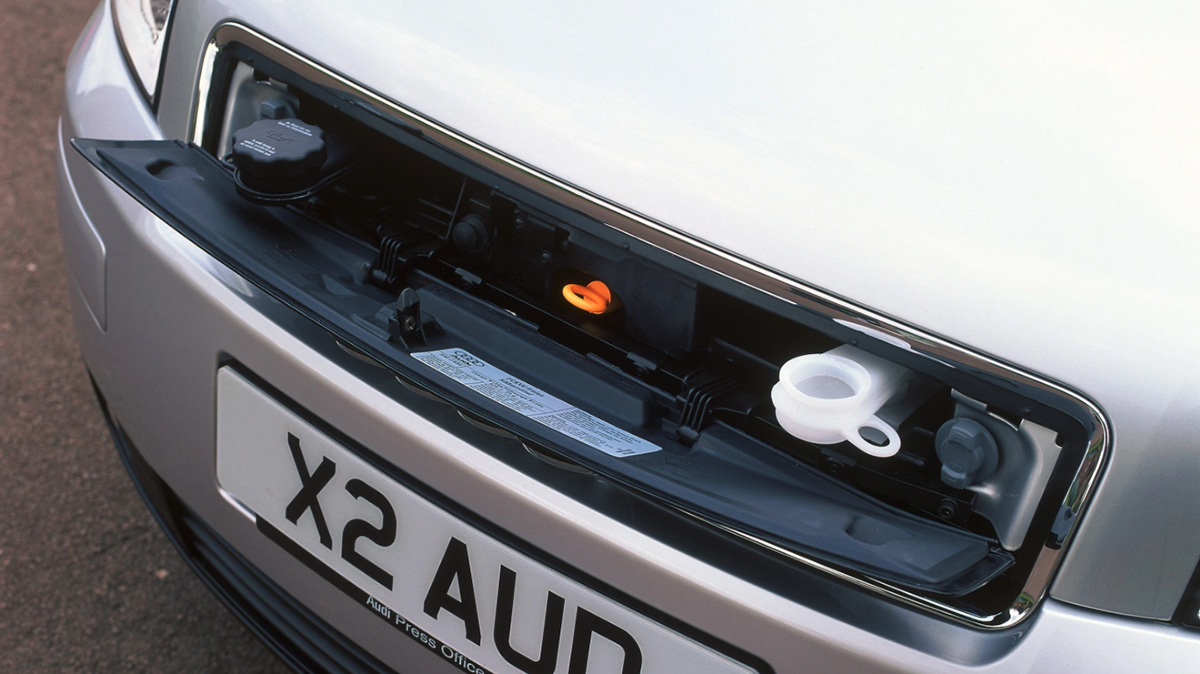
Flush, geometric forms were the design language in the VAG group at this time, reflected in the A2’s economy of line and smooth surfaces. The A-pillar was pulled forward to maximise interior space, and coolant and lubricant levels could be checked by opening the flush grill panel, which was actually a service hatch, meaning owners didn’t have to risk dirtying their hands poking around under the bonnet.
But the zealous dedication to weight saving meant standard equipment was stingy – although plucking your wallet for essentials like air conditioning and electric windows was par for the course for these makers anyway. The A2 ended production in 2005 without a direct replacement, but Audi did try again in 2010 with the A1, this time a conventional yet very pretty luxury supermini based on the VW Polo. As mentioned above, when it dies, it won’t be replaced.
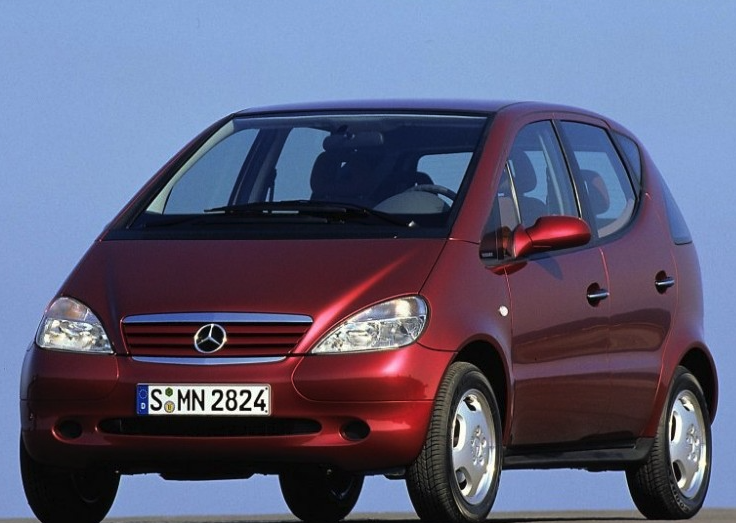
Mercedes took a no less radical approach with its premium baby. The original W168 A-Class, penned by Coventry School of Art and Design graduate Steve Mattin, emerged into an unsuspecting world in 1997. Promising the interior space of a large car with the footprint of a supermini, it had an awkward, mono-volume shape; traditional Mercedes grill/light graphics smeared onto the nose like stickers on a toy; and a weird, reverse-rake C pillar. At 3.6m it was incredibly compact (shorter than a Mk1 Ford Ka), but like the A2 the little Benz stood nearly 1.6m high, lending it even more challenging proportions.
The A-class lacked the Audi’s expensive aluminium construction, but did have a unique twin-floor arrangement, with the passenger compartment completely isolated from the powertrain. The thinking was that, in an accident, the engine and gearbox would slide underneath, preventing harmful intrusion into the cabin – a novel idea at the time. Available in a range of decidedly non-Mercedes, playful colour and trim options, the A-class represented a complete departure from traditional Stuttgart values of staid, heavyweight German engineering and authority. It survived to a second generation, which rather bizarrely introduced a three-door to the range, but by the time it came to replace it in 2007, Mercedes gave up on revolution, following Audi’s lead via converting the A-Class into a sensible, front-wheel-drive hatch – this time in the Golf segment.
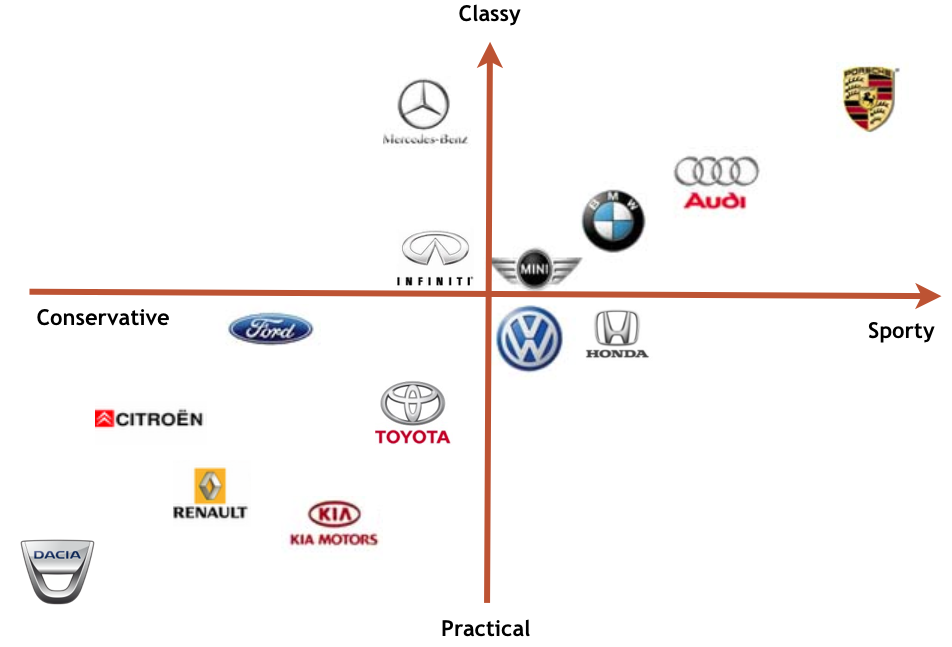
When identifying potential gaps in the market, you may have heard the term “white space.” The way it works is this: Product planners, market research teams or even designers themselves set up a simple, four-axis graph. The X-axis has a scale from say, small at one end to large car at the other. The Y-axis goes from, perhaps, mass-market adoption to premium buyers only.
The remaining axes can be any characteristics you would use to describe a car. Then you place competitor vehicles on the graph according to where you think they sit in terms of these adjectives. They will usually end up clustered around a couple of points, and the gaps in-between are known as white space (i.e. a potential segment of the market not currently served). While they can be a useful tool in positioning your car, without some critical thought, these charts can lead you on a fool’s errand.
It’s worth noting that by the mid-’90s Europe was in the middle of a compact MPV boom. Full-size people-carriers like the Renault Espace and Chrysler Voyager were supremely useful do-it-all wagons, but these family haulers were on the large side. Smaller variations on this theme (like the Renault Scenic) hit the sweet spot for the cost/size/practicality equation in a much more convincing manner. So you can see what Audi and Mercedes were thinking – why not leverage their badges and technological prowess in a segment that was on fire?
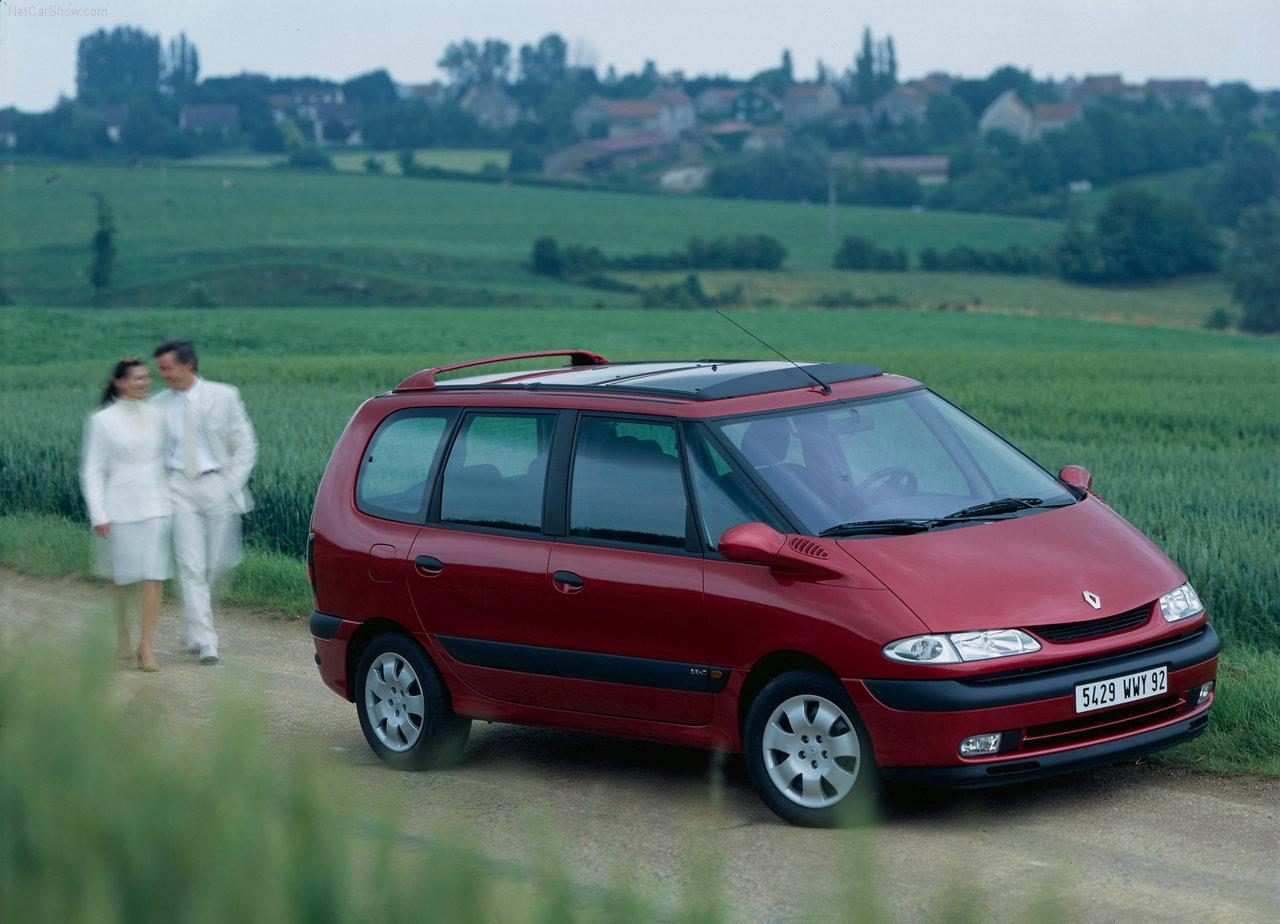
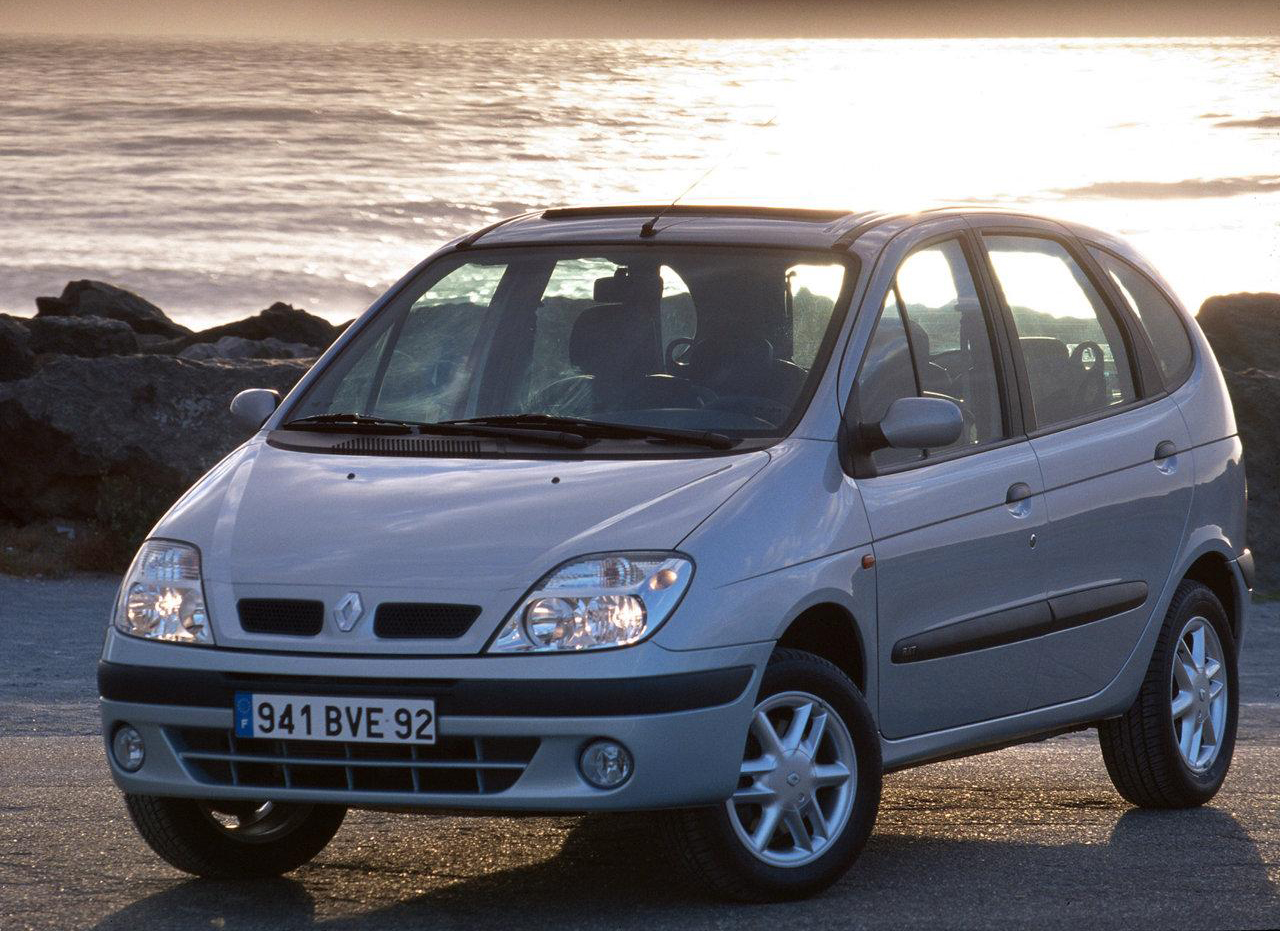
While it’s commendable that both Audi and Mercedes tried something different, each expensively fumbled the ball in a total misreading of why customers bought their cars. Although technology and aero efficiency were key Audi differentiators, people bought Audis because they wanted the feeling of German solidity without the flash associated with BMWs.
The same for Mercedes, which traded on old money values of million-mile build quality, and state-of-the-art safety features wrapped in sober, conservative styling. Unfortunately for Mercedes, the A-Class arrived at a time when their build quality was at its nadir, while images of the car flipped on its side (failing the infamous elk test) didn’t exactly help. It reportedly cost Mercedes 300 million DM to rectify the issue.
The other problem was that neither of these down-market forays made any money. Because of their high developments costs and relatively modest purchase prices, it’s estimated that each nameplate lost nearly £1000 per car. So should premium OEMs stay in their lane and not bother with small cars? As always, product and design is everything.
When Land Rover showed the LRX concept at the 2008 Detroit Motor Show, few dreamed it would ever make production. Sketched by Jez Waterman (previously of Lincoln) and eased essentially unchanged into production by Julian Thomson (of Lotus Elise fame) under the direction of chief designer Gerry McGovern, it became the blueprint for the small, premium car. Bolted on a well-developed platform inherited from Ford, it was compact-sized and came in a variety of eye-popping trims and super fashionable colours. But the company’s greatest trick was badging the car a Range Rover rather than a Land Rover, which allowed some tremendously ambitious pricing.
I remember the first time I sat in one. I was with my then-girlfriend, who fitted the target market perfectly; glamorous, late-forties divorcée with seven figures in the bank. She absolutely loved it. I, however, nearly choked laughing upon seeing the £40K price tag. For a Focus-sized SUV? But it worked. By selling consistently over 100,000 units a year, it almost certainly saved the company.
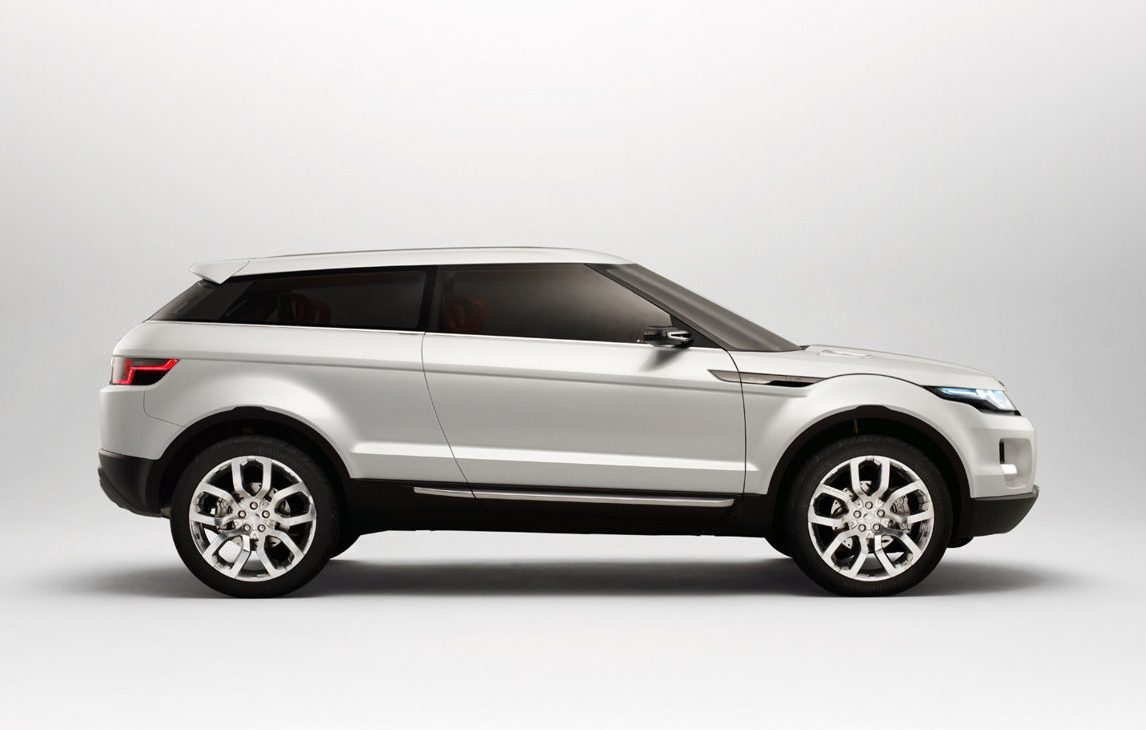
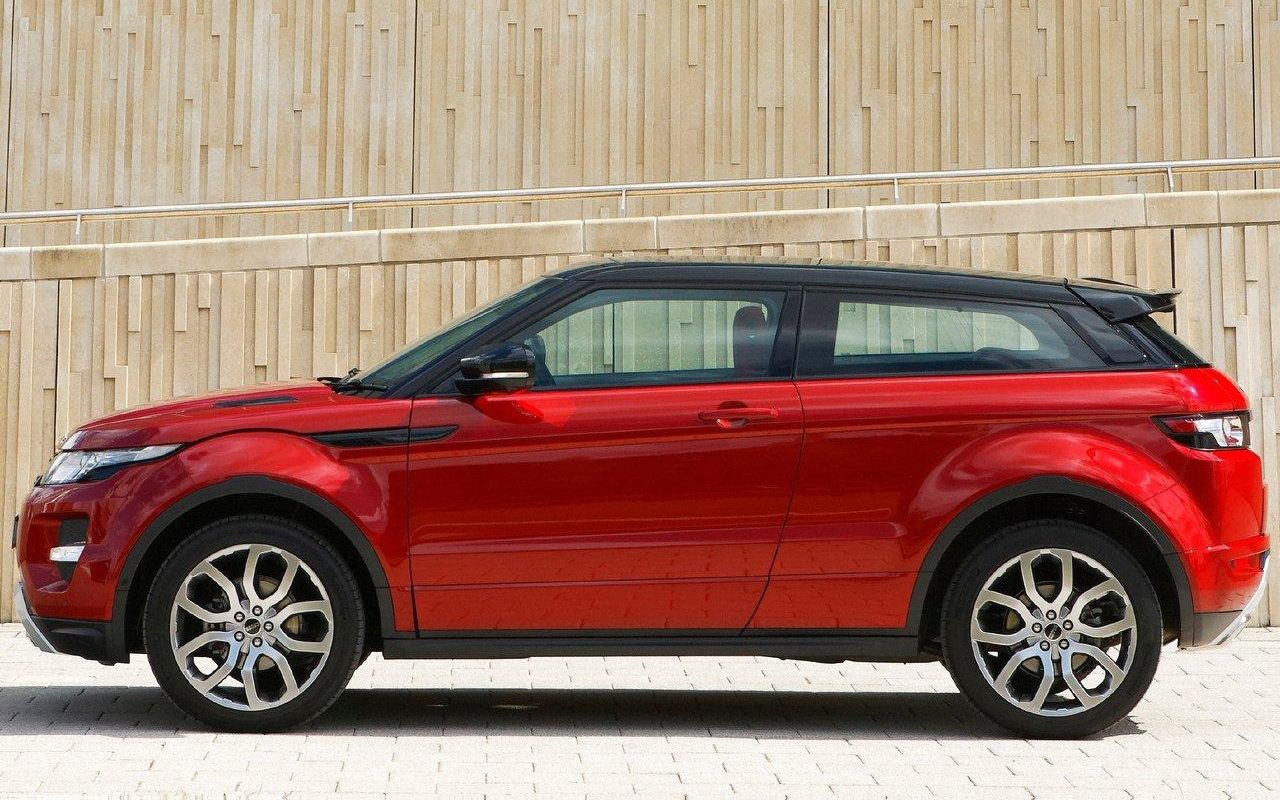
This was the mistake Audi and Mercedes made. Costing only modestly more than the mainstream competition, these models could never hope to cover their expenses. Their positioning was too sensible and execution too radical. Customers buy premium products on emotion, because it makes them feel good – not because they want a practical oddball. The Range Rover Evoque succeeded for exactly the opposite reasons – an urban-sized, proper Range Rover with Veblen goods pricing that ensured it remained reasonably exclusive and out of the hands of the great unwashed. That the small Audi and Mercedes became luxury hatches available on cheap leases brings us back to the problem of massclusivity: Do you really have a desirable product when everyone can have one?
Now if someone in Redmond could put as much effort into the design of their user interface and touch points, I wouldn’t have to justify buying a Windows laptop on price alone. I could buy one on ease of use and more importantly as a designer, because I truly wanted one, something that’s worth an Apple-like premium.
This article was originally published by Hagerty US.
Read more
Vision Thing: Passing the Torch
Opinion: It’s time to bring back ‘poverty-spec’ cars
How Not To Build A Car, Part 3: Powertrains









